You might think you’ve seen the world over, under, around and through, but there will still be wonders that will make your eyes pop. Even if you’re a dedicated animal enthusiast, you can’t honestly expect to know all of the 1,367,555 non-insect animal species, that are identified on the face of Earth today! Besides, new animal species might be discovered by the time you finish reading this text, so there will always be some new surprises for us out there. On the other hand, humans have explored only 5 percent of the oceans, so there probably are many more scary sea creatures lurking in the deep.
We can truthfully say that our list comprises of some of the rarest and weirdest animals there are. Take, for example, the Glaucus Atlanticus – an aquatic animal who looks like a Pokemon monster and has a name as equally anime. Or the absolutely stunning, yet very unusual animal called Okapi, that looks something like a cross between a moose and a zebra but is actually related to a giraffe. Or even the rare animal called Goblin shark, who looks like it soaked in a bath for too long, making it one of the scariest sea creatures.
We’ve already introduced you to 22 weird animals you didn’t know existed, and, as we said, the count never stopped! Here’s a new list of 21 more strange animals you’ve most likely never heard of, and probably won’t see prancing around your backyard anytime soon.
Would you like any of these weird looking animals to become common pets, and share the same roof with you?
Find more: Boredpanda
Red-lipped Batfish
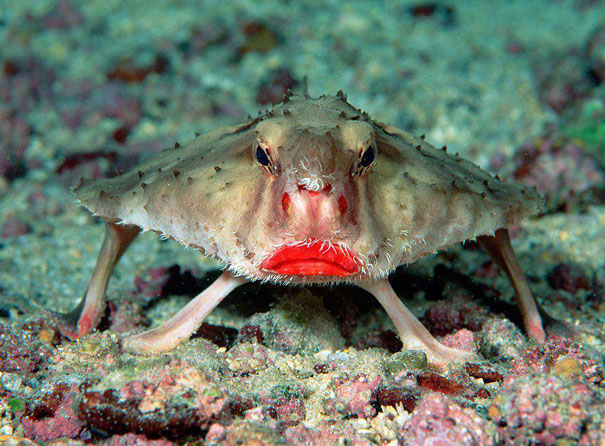
Found on the Galapagos Islands, this fish is actually a pretty bad swimmer, and uses its pectoral fins to walk on the bottom of the ocean. (Image credits: imgur)
Goblin Shark

This rare shark is sometimes even called a “living fossil”, “is the only extant representative of the family Mitsukurinidae, a lineage some 125 million years old.” Goblin sharks inhabit around the world at depths greater than 100 m (330 ft), with adults found deeper than juveniles. Given the depths at which it lives, the goblin shark poses no danger to humans. (Image credits: imgur)
The Panda Ant

The Mutillidae are a family of more than 3,000 species of wasps (despite the names) whose wingless females resemble large, hairy ants. Found in Chile, they are known for their extremely painful stings, hence the common name cow killer or cow ant. Black and white specimens are sometimes known as panda ants due to their hair coloration resembling that of the Chinese giant panda. (Image credits: Chris Lukhaup)
Penis Snake
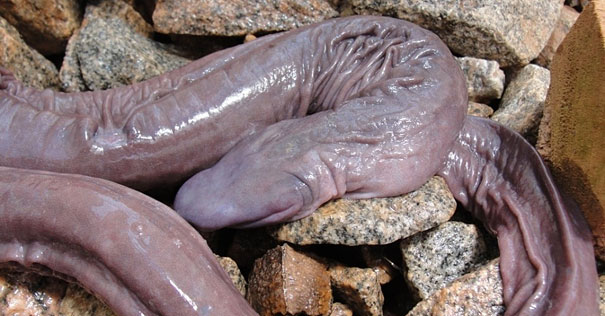
This, uhm… peculiar eyeless animal is actually called Atretochoana eiselti. It is a large, presumably aquatic, caecilian amphibian with a broad, flat head and a fleshy dorsal fin on the body. (Image credits: fotos.noticias.bol.uol.com.br)
Umbonia Spinosa
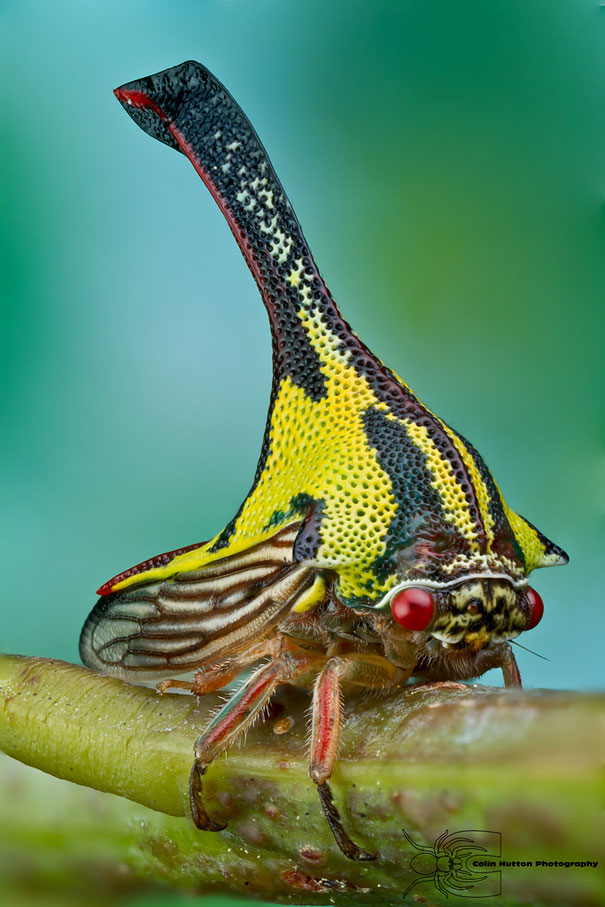
These thorn bugs are related to cicadas, and use their beaks to pierce plant stems to feed upon their sap. Their strange appearance still poses many questions to scientists. (Image credits: Colin Hutton)
Lowland Streaked Tenrec
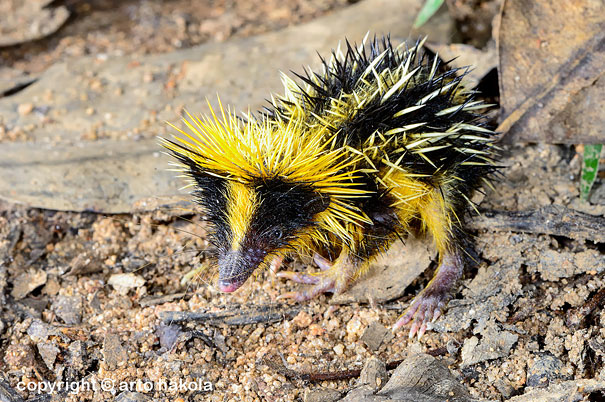
Found in Madagascar, Africa, this small tenrec is the only mammal known to use stridulation for generating sound – something that’s usually associated with snakes and insects. (Image credits: hakoar | telegraph.co.uk)
Hummingbird Hawk-Moth
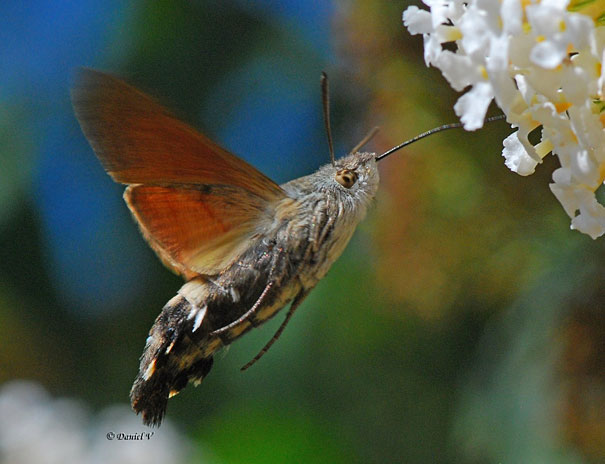
As this hawk-moth feeds on flowers and makes a similar humming sound, it looks a lot like a hummingbird. What’s interesting is that it is surprisingly good at learning colors. (Image credits: Jerzy Strzelecki | unknown)
Glaucus Atlanticus
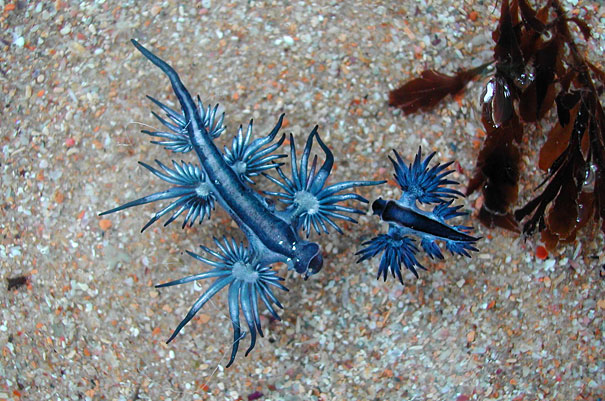
Also known as the blue dragon, this creature is a is a species of blue sea slug. You could find it in warm waters of the oceans, as it floats on the surface because of a gas-filled sac in its stomach. (Image credits: unknown | unknown | paulhypnos)
Mantis Shrimp
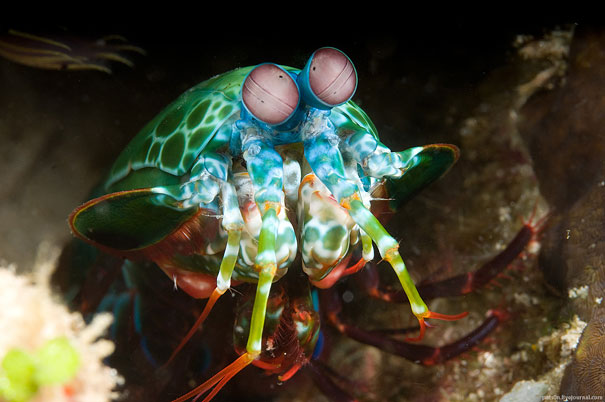
Also called the “sea locusts“, “prawn killers” and even “thumb splitters”, this is one of the most common predators in tropical and sub-tropical waters; little is known about them, however, because of how much time they spend hiding in their burrows. (Image credits: Alexander Safonov)
Venezuelan Poodle Moth
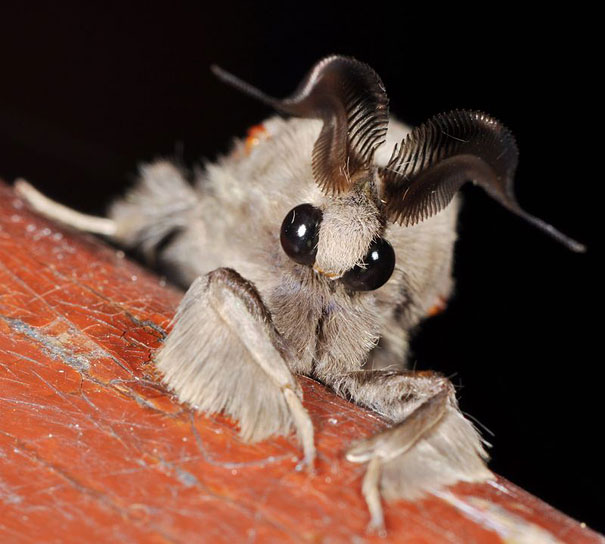
Discovered in Venezuela in 2009, this new species of alien-looking moth is still poorly explored. Waiting for more info about them! (Image credits: Arthur Anker | imgur)
The Pacu Fish
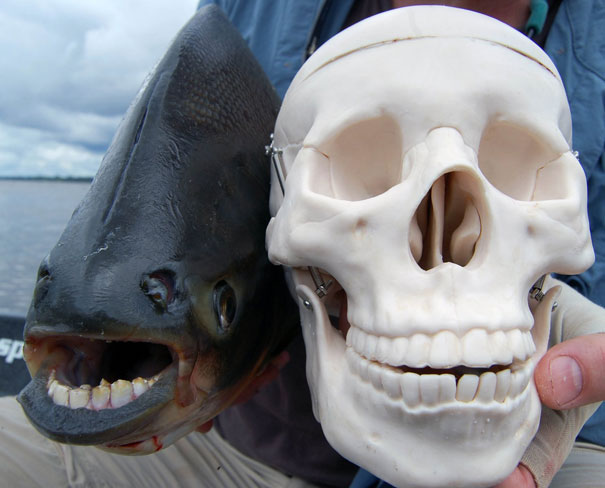
You probably don’t need much explanation as to why the residents of Papua New Guinea call this fish a “ball cutter.” The local fishermen were really worried about the safety of their testicles when they had to get in the water! (Image credits: imgur | evolvingcomplexityii)
Giant Isopod
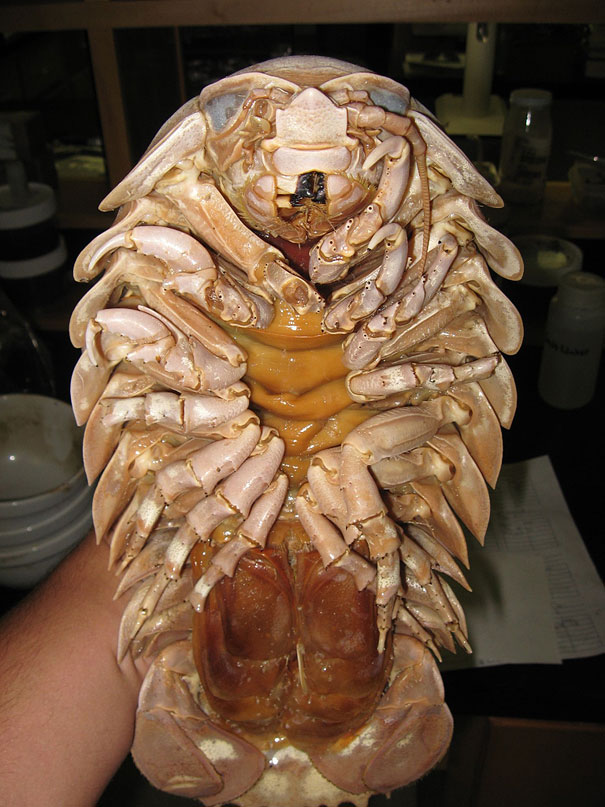
This one is the largest of the existing isopods. “The enormous size of the giant isopod is a result of a phenomenon known as deep sea gigantism. This is the tendency of deep sea crustaceans and other animals to grow to a much larger size than similar species in shallower waters.” (Image credits: Littoraria)
The Saiga Antelope
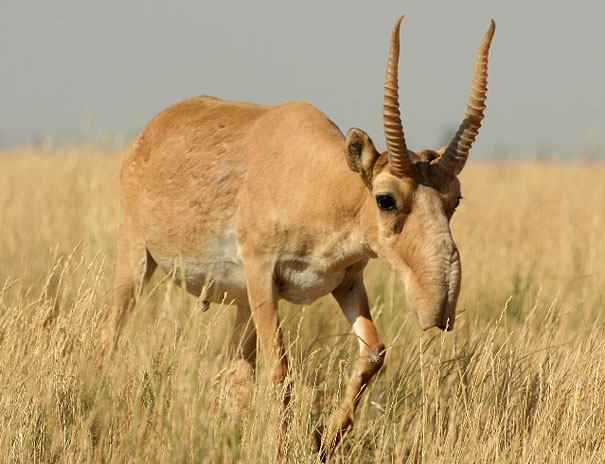
This saiga, spread around the Eurasian steppe, is known for its an extremely unusual, over-sized, flexible nose structure, the proboscis. (Image credits: enews.fergananews.com)
The Bush Viper
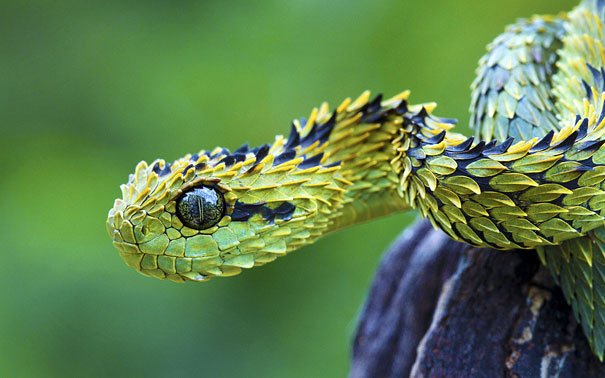
Being a carnivore predator, the Bush Viper lives up in the trees of the tropical forests of Africa, and does most of its hunting at night. (Image credits: thegeneralmonk)
The Blue Parrotfish
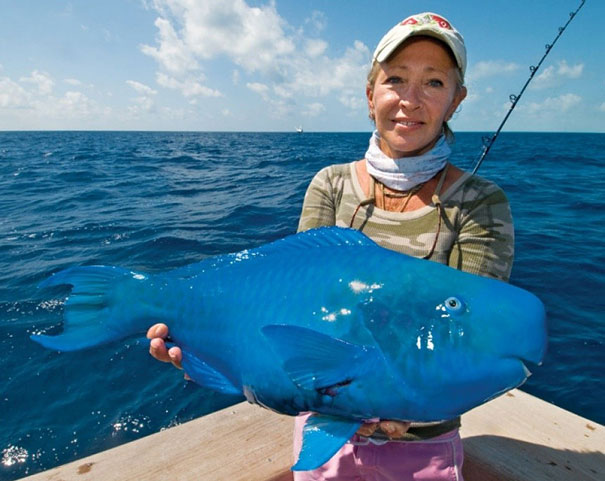
This bright blue fish can be found in the waters of the Atlantic Ocean, and spends 80% of its time searching for food. (Image credits: imgur | depalmadise)
Indian Purple Frog
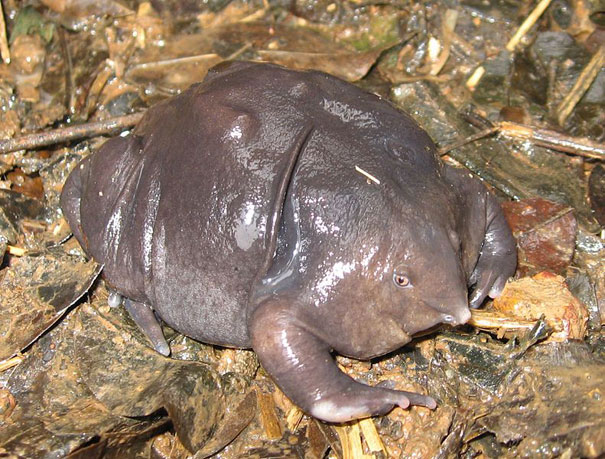
Found in India, this species of frog have bloated body and an unusually pointy snout; it only spends two weeks a year on the surface of earth, leaving the underground for mating. (Image credits: wikipedia.org)
Shoebill

This large stork-like bird gets its name because of the shape of its beak. Even though it was already known to ancient Egyptians and Arabs, the bird was only classified in 19th century. (Image credits: David Li | shoebill.info)
Okapi
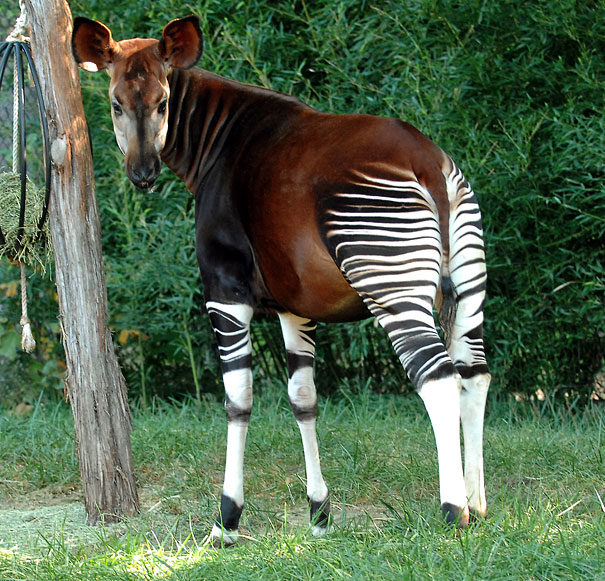
This mammal is native to the Democratic Republic of the Congo in Central Africa. Despite the zebra-like stripes, it is actually more closely related to giraffes. (Image credits: marylandzoo.org | baynews9.com)
Narwhal
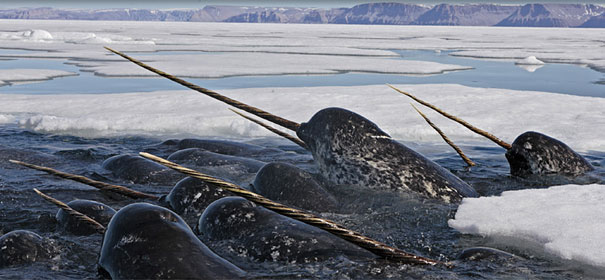
This toothed whale, found in the arctic, has been valued for over 1000 years by the Inuit people for its meat and ivory. The narwhal, however, is especially sensitive to the climate change. (Image credits: gowild.wwf.org.uk | Richard Thomas)
Thorny Dragon

Coloured in camouflaging shades of desert browns, this lizard has a “false” head, which he presents to his predators by dipping the real one. (Image credits: imgur | Christopher Watson)
Sea Pig
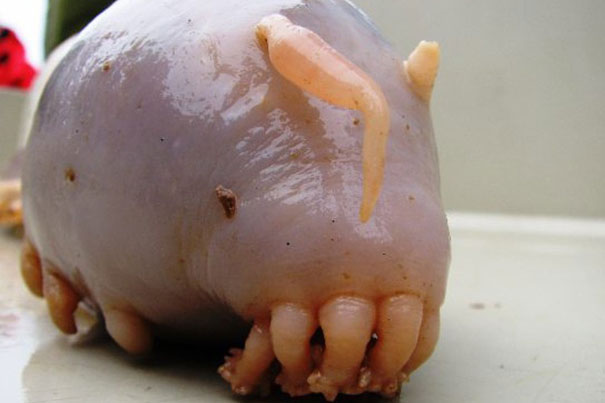
Scotoplanes live on deep ocean bottoms, specifically on the abyssal plain in the Atlantic, Pacific and Indian Ocean, typically at depths of over 1000 meters. They are deposit feeders, and obtain food by extracting organic particles from deep-sea mud. (Image credits: imgur | thedailygreen.com | realcoldfish)

